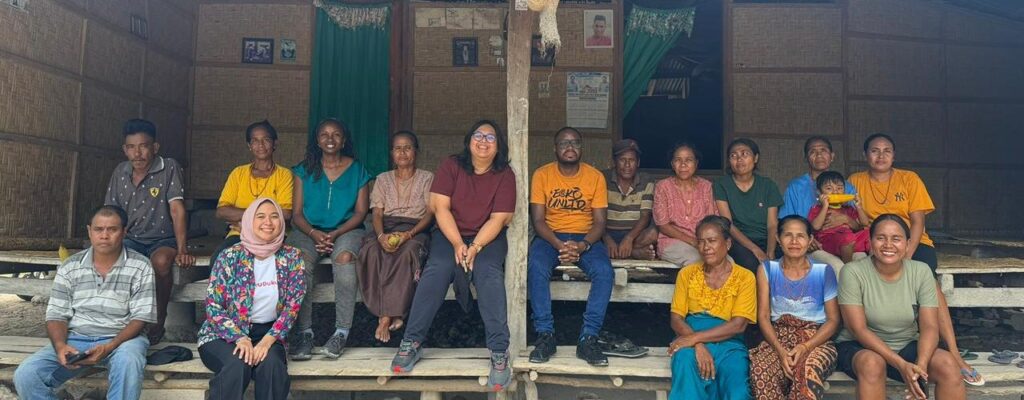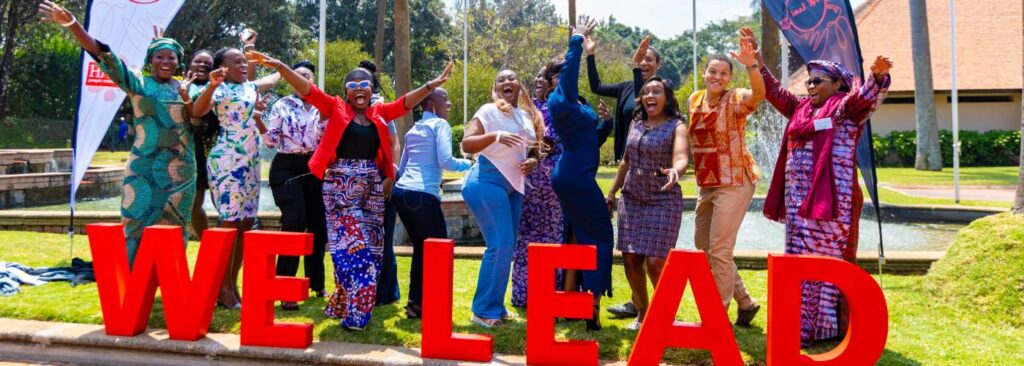Smart procurement empowers women
Opinion by Sally Akinyi
Procurement is one of the biggest opportunities for socio-economic transformation in a country.
According to statistics by Chatham House, procurement budgets account for one fifth of the global gross domestic product (GDP). This statistic offers a glimpse to the magnitude of government spending in the public sector with procurement receiving the biggest allocation at 70 per cent in most countries. The good news about this is the opportunity it presents for citizens to do business with governments.
Public procurement has emerged as a pioneering frontier that provides jobs and opportunities especially for women and other marginalised groups that are at most risk of exclusion from social and economic growth. Globally, cities like Amsterdam have taken a step to deliberately use public procurement as a tool to boost young people’s economic empowerment. The Kenyan government too has set aside 30 per cent of its procurement contracts to empower women, persons with disability and the youth.
Affirmative action is just a tip of the iceberg
Beyond these significant steps that largely exist on paper, gender equality through gender responsive public procurement continues to be pipe dream in ensuring equal economic opportunities for all. In addition, women’s enterprises have faced considerable barriers in accessing procurement tenders and contracts.
In Kenya, a research commissioned by Hivos East Africa in 2018 revealed that the Access to Government Procurement Opportunities (AGPO) affirmative action scheme’s impact is far from being met due to inefficiency of its implementation, and lack of sufficient data made publicly available. While considerable investment has gone towards sensitizing women to be more pro-active in bidding for government contracts and tenders; far much needs to be done to make this initiative produce the desired impact. Challenges such as lack of capacity to finance a tender continue to pose limitations towards women’s enterprises garnering and sustaining tenders. Women owned and led enterprises that have won tenders are mostly urban based, locking out women living in rural areas who are the majority. Additionally, defaulted loans are commonplace due to gross delay in payments from government procuring entities. Contracting information advertised by governments is often too complex and technical, leaving little room for broad participation in the bidding process. Worse still larger contracts for infrastructure including roads, medical supplies and others are largely not accessible to women owned and led enterprises. This is not only a financial capacity issues but also largely, a patronage issue.
Procurement processes in the public sector are highly male dominated affecting women’s participation in decision-making. A simple look at the structure of procurement and budget-making panels within public institutions is an indication of the systemic exclusion of women in decision-making processes. For meaningful change to take place women’s voices need to be included in order to share crucial information about the nature and vulnerability of their enterprises so that policies can be responsive to the unique needs of business owners in this category.
Gender equality and smart economics
Kenya is a member of the Open Government Partnership (OGP) and was just lauded at the recently convened OGP Global Summit in Ottawa Canada – for its efforts in implementing a robust national action plan that will enhance a culture of openness, transparency and responsive governance that addresses the critical needs of citizens. The overall commitments can only bear maximum fruit if intentional practices of ‘open government’ across the board empower women in society. It is well established that “promoting gender equality is smart economics.”
Globally, the UN SDG 5 on gender equality and empowering women and girls is critical to achieving all the other SDGs seeking to alleviate poverty, hunger and provide access to healthcare for all. Women’s economic empowerment is a significant pillar where Kenya can equally benefit if deliberate gendered actions are streamlined across all economic opportunities. A report by the World Economic Forum champions this fact by stating that gender equality and a country’s level of competitiveness through its GDP affects its rank at the global Human Index. Kenya has done well to have a measure that seeks to empower women through a macroeconomic initiative where many countries focus on micro economic initiatives only. It is critical however to get it right.
Solutions
The government’s national leverage is a powerful channel and opportunity to increase gender equality to close the various gender gaps that prevent women from harnessing opportunities in the public procurement market. How can this power be translated to actual implementation reforms that can enable women take charge of their livelihoods and significantly contribute to the economy? One effort can include enriching the current AGPO law by undertaking a gender analysis of each stage of the procurement cycle to inform crucial amendments and practices responsive to women’s rights. This will go a long way in ensuring effective engendered approaches to realize economic growth.
Transparency and proactive disclosure of information is also a key factor that could additionally support the efficient, participatory and accountable implementation of the AGPO initiative. Open contracting; a new frontier in enabling disclosure at all stages of public procurement can be advanced as a tool for empowering women’s initiatives. A study done in Albania revealed that contracts awarded to women owned and led enterprises performed better and provided savings to the government.
Lastly, it is paramount to look at the return on investment in economically empowering women through public procurement. This simply translates to healthy homes and a healthy society as women have been found to reinvest in their families and the wider community -a gain – in complementing development objectives.
This op-ed was first published on the website of Hivos East Africa. You can read it here.





